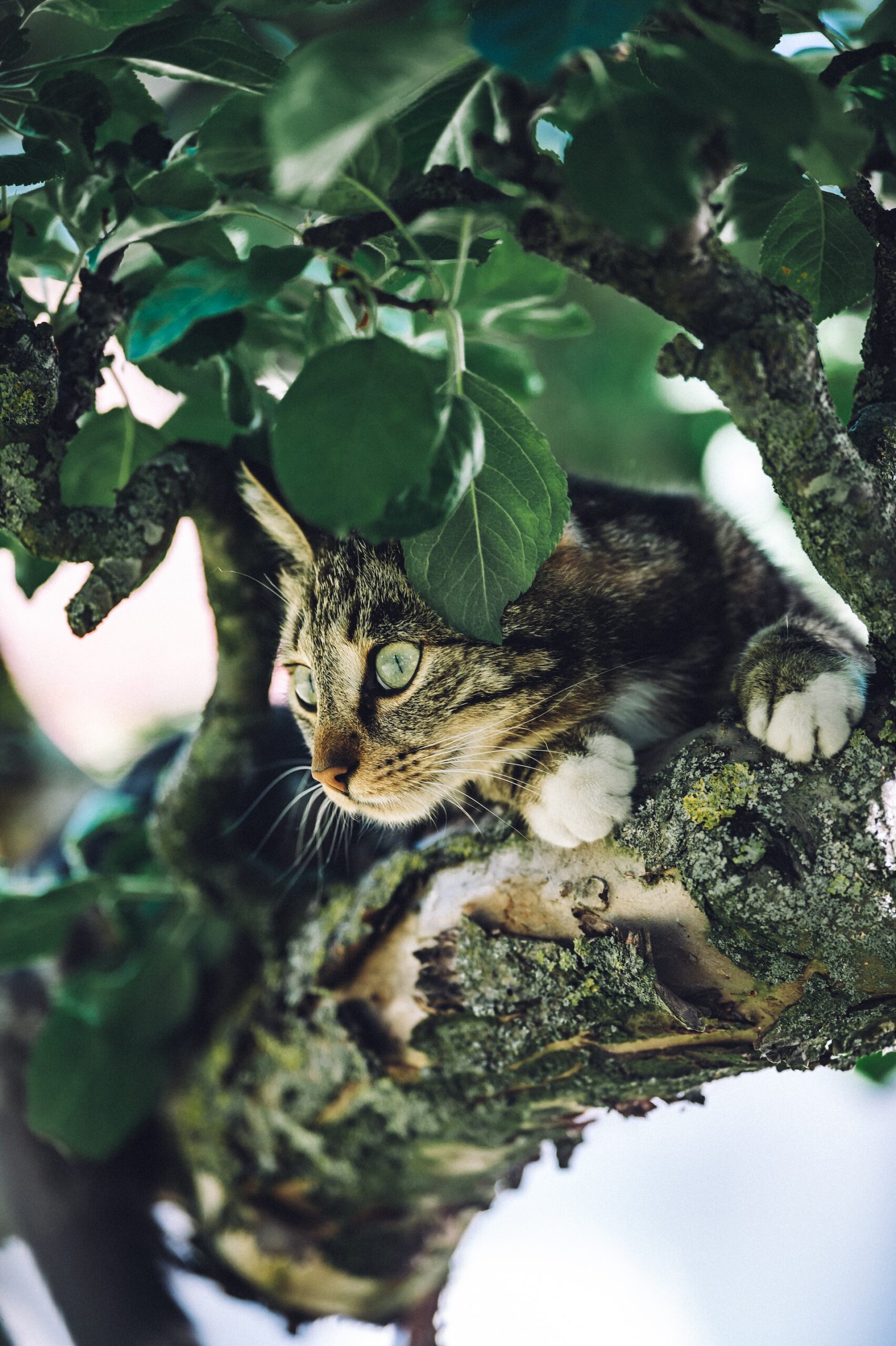As a homeowner, having a garden can be a source of pride and joy. But, more than its aesthetic appeal, it can also serve a greater purpose – a haven for wildlife. Here’s the thing, you don’t have to be a seasoned ecologist to create a healthy ecosystem right in your backyard. In fact, with a little tweaking and guidance, you can maintain a wildlife-friendly garden all year round. Here are nine tips to help you achieve that.
Create Native Habitats
One of the best ways to attract wildlife to your garden is by creating habitats that mimic their natural environment. According to an ecologist’s tips, this involves providing sheltered areas, various food sources, and native plants. By doing so, you are not only welcoming wildlife but also preserving local biodiversity—a win-win for you and Mother Nature.
Incorporate Water Features
Water is an essential resource for any living organism. Adding a pond, birdbath, or even a shallow dish filled with water can attract various species to your garden. To ensure year-round visits from birds, frogs, and insects, keep the water source clean and avoid letting it freeze over in winter. Water features also add a peaceful, calming effect to your garden’s overall aesthetic.
Provide Safe Hiding Spots
Small creatures require safe areas to nest, hide from predators, and rest. Hedges, piles of leaves, or logs provide excellent shelters. Birdhouses, insect hotels, or hedgehog homes can also be easily added. These hiding spots give creatures a sense of security, encouraging them to make your garden their home.
Plant a Variety of Native Plants
Instead of exotic species, plant native flora that local wildlife are adapted to. These plants typically require less water and care, making them a practical choice. Additionally, they provide shelter and food resources for local species, making your garden a biodiversity hotspot. Check local nurseries or gardening groups for recommendations of native plant species.
Use Organic Fertilizers and Pesticides
Switching to organic gardening methods is pivotal in maintaining a wildlife-friendly garden. Synthetic chemicals can harm local species and upset the balance of your garden’s ecosystem. According to these guidelines, it’s advisable to use organic fertilizers and pesticides, or better yet, let nature do its job. Predatory insects and birds can control your garden pests.
Install Wildlife-Friendly Fences
Consider the impact of your garden’s boundaries on wildlife by installing wildlife-friendly fences. Some designs allow creatures like hedgehogs to move freely across gardens while keeping unwanted animals, like deer, out. Try integrating hedge gaps, fence-top trellises, or ‘wildlife corridors’ at ground level.
Maintain Garden Cleanliness
Keeping your garden neat and tidy helps avoid unwanted pests and diseases. Regularly clean birdbaths, feeders, and water features. Avoid leaving pet food out as it can attract pest species. Remember, an orderly garden is not only pleasing to the eye but also fosters a healthier wildlife habitat.
Leave Some Areas Undisturbed During the Winter
Winter can be tough for wildlife, and your garden can provide a crucial refuge. Leave some areas of your garden undisturbed during the winter months. This can include leaving fallen leaves, which offer a warm blanket for hibernating creatures, or letting some grass grow long, providing both food and shelter.
Understand and Respect Local Wildlife
It’s important to understand the needs and behaviors of wildlife in your area. Some species might require specific habitats or food sources. Maintain a respectful distance and avoid disturbing their routines. With ample understanding and respect, your garden can provide a home for local wildlife, giving you a front-row seat to nature’s intricate beauty.

